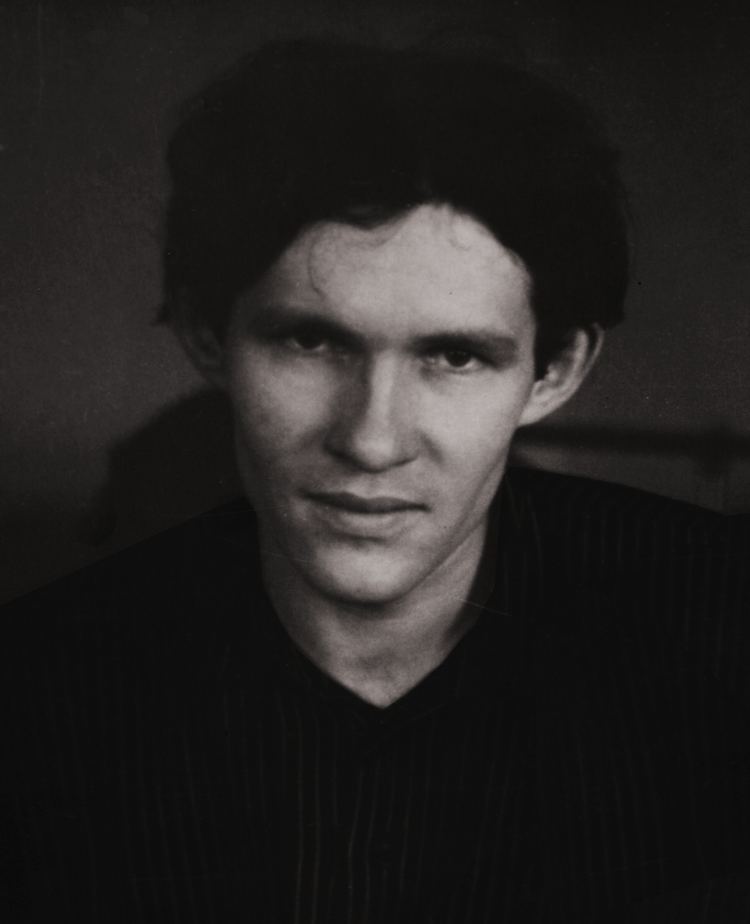 | ||
Born January 10, 1930 ( 1930-01-10 ) Sumy region, Ukrainian SSR Known for Ceramics, painting, drawing Died 31 July 2008, Tula, Russia | ||
Vladimir Sakhnenko (Russian: Влади́мир Сахне́нко, born January 10, 1930 in the Sumy region of Ukraine – July 31, 2008, Tula) was a painter and ceramist, and a member of the Union of Artists of the USSR since 1967. He is the father of artist Ivan Sakhnenko.
Contents
He finished the art school in Voroshilovograd in 1951 and then studied at the Surikov Academic Institute in Moscow, where he met Ilya Kabakov and his future wife – sculptress Zoya Riabchenko. He took part in art exhibitions since 1957. He lived and worked in Tula.
Ceramics
Vladimir Sakhnenko created monumental objects, exterior ceramics and pottery houseware. Utility and decorativeness of his works served to conceal seditious for the Soviet period experiments with design and form, which he continued in painting.
Many of his works still adorn cultural centres, Tula Drama Theatre, Intourist hotel in Yalta and the government dacha in Foros. State Museum of Culture History of Uzbekistan in Samarkand and World Trade Centre in Moscow are also the holders of Vladimir Sakhnenko’s ceramics.
Almost to the end of his life he worked daily in his workroom at Kislotoupor Shchyokino factory making crocks, vases, amphorae, flowerpots, multiple ceramic constructions, ceramic sculptures of various creatures, etc.
He used chamotte, mostly with glaze. In the late 1970s he discovered temperature-resistant composition of blue-green glaze that can survive any extreme weather conditions, including frost. Sakhnenko’s glazed ceramics has been held out of doors in Samarkand and Crimea for almost 40 years.
Painting
In the 1970s the artist created 13 large black and white canvases (held in Erarta Museum). In the early 1980s, Vladimir Sakhnenko turned to making bright paintings: portraits, still lives and works that depict biblical scenes. His personal style (both in painting and pottery) features easy switch from figurativeness to abstraction and ornamentality.
